Synchrotron Radiation Research
Ichiro Inoue LAB.
INTRODUCTION OF LABORATORY
Synchrotron radiation refers to electromagnetic waves emitted by accelerating electrons. By bending high-energy electron beams on the order of giga-electronvolts using magnets, one can generate highly brilliant X-ray beams. Our group are working on production of brighter X-ray pulses with shorter durations through the development of electron accelerator technologies and X-ray optics. By harnessing the power of intense X-ray pulses, we aim to reveal previously unobservable structures and electronic states of matter, i.e., pioneer the synchrotron radiation technology that transforms the “invisible” into the “visible.”
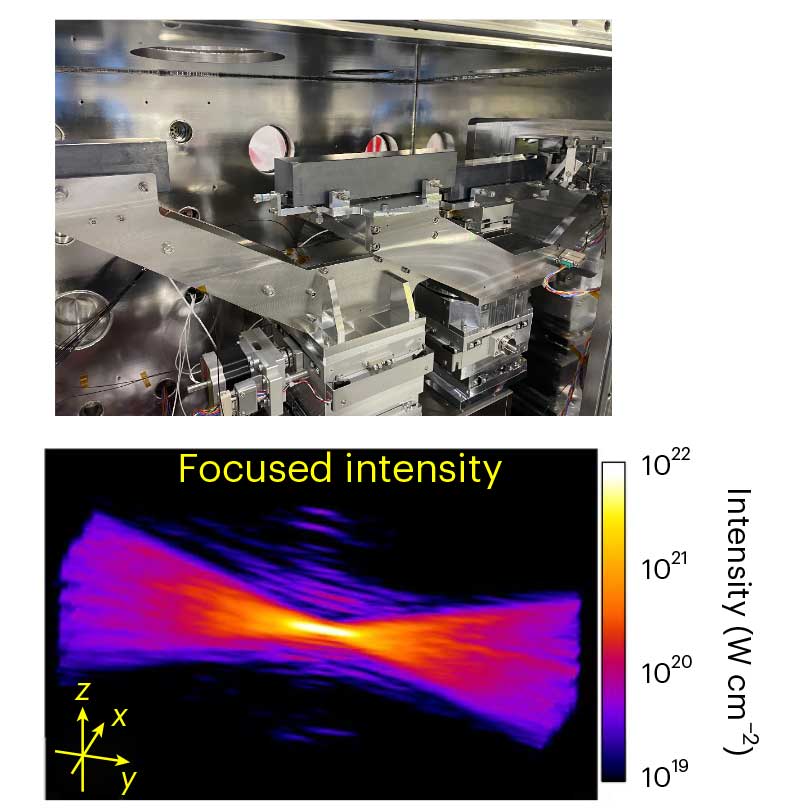
図1: X線レーザー光を7 nmのサイズに集光することで世界最高強度(10^²² W/cm^²)のX線パルスの生成
に成功した。

図2: X線を照射後のダイヤモンドの電子密度分布の変化。結晶構造を保ったまま、化学結合が消失したエキゾチックな物質の状態が実現されている。
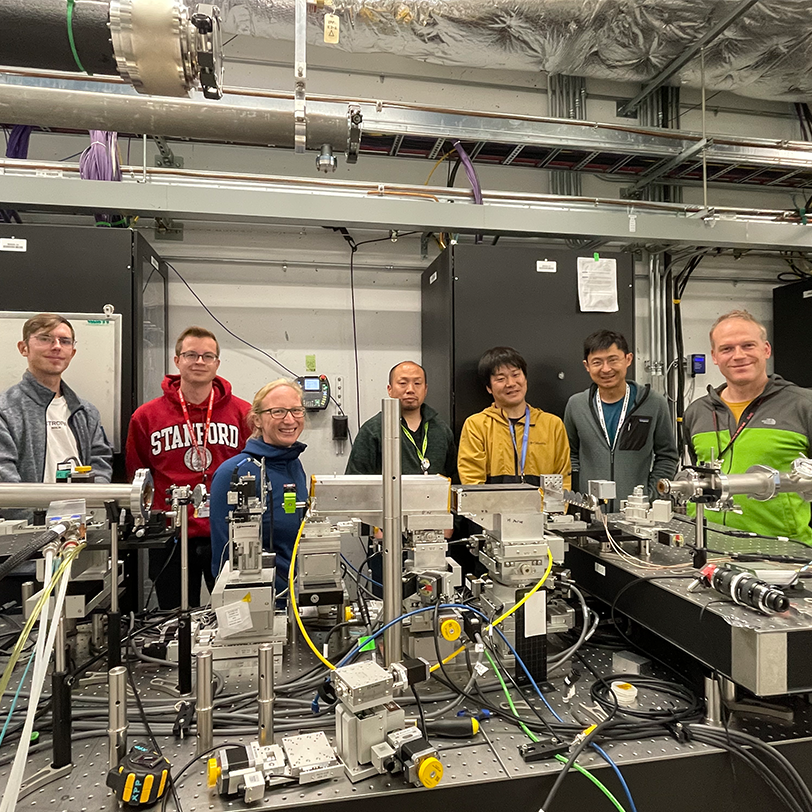
図3: Linac Coherent Light Source (米国)での実験風景
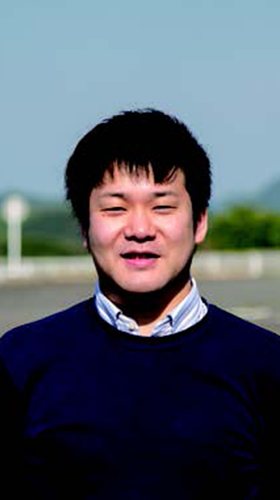
MESSAGE
Encounters with inspiring mentors enabled me to realize my aspiration of creating something based on my own original idea
I am currently working as a scientist in the field of synchrotron radiation science, but looking back, I feel that a series of meaningful encounters have guided me to where I am today. As a child in elementary school, I loved observing plants and animals, largely influenced by my biology teacher. In junior high school, I learned that Dr. Ryoji Noyori, who later received the Nobel Prize in Chemistry, was a senior alumnus of my school’ s judo club. This discovery inspired me to pursue something original and sparked my interest in becoming a researcher. At university, I majored in applied physics and had many opportunities to participate in experiments at synchrotron radiation facilities under the supervision of Professor Yoshiyuki Amemiya, a leading expert in the field and now the director of the Japan Synchrotron Radiation Research Institute (JASRI). I still vividly remember the excitement I felt when an idea I had as a graduate student was published as a scientific paper for the first time. The experimental method I devised at that time is now used at synchrotron facilities around the world and stands as a major milestone in my career. There are only a few periods in life when you have the freedom to devote yourself fully to something you love. Today, the environment for research in terms of equipment and financial support is better than ever. I encourage you to take full advantage of this opportunity and pursue your passions during your time as a graduate student.
keyword
Synchrotron radiation, X-ray free-electron laser, Ultrafast science, Nonlinear optics
PROFILE : Professor Ichiro Inoue
2011 B. Eng, Department of Engineering, The University of Tokyo
2016 Ph. D., Department of Advanced Materials Science, The University of Tokyo
2016 Special postdoctoral researcher, RIKEN
2019 Researcher, RIKEN
2024 PRESTO Researcher, Japan Science and Technology Agency
2024 Visiting scientist, University of Hamburg, Institute for Experimental Physics
2025 Project associate professor, Department of Advanced Materials Science, The Unversity of Tokyo
Synchrotron Radiation Research
Encounters with inspiring mentors enabled me to realize my aspiration of creating something based on my own original idea


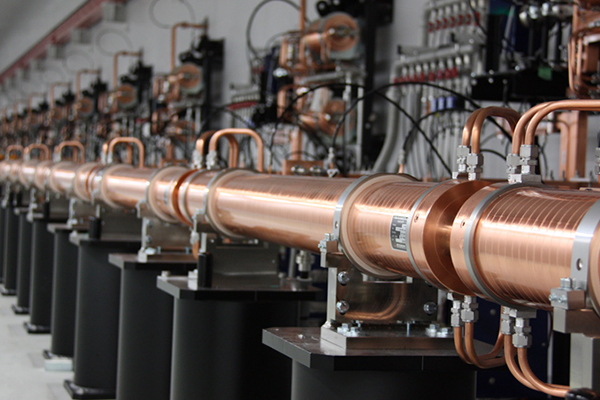
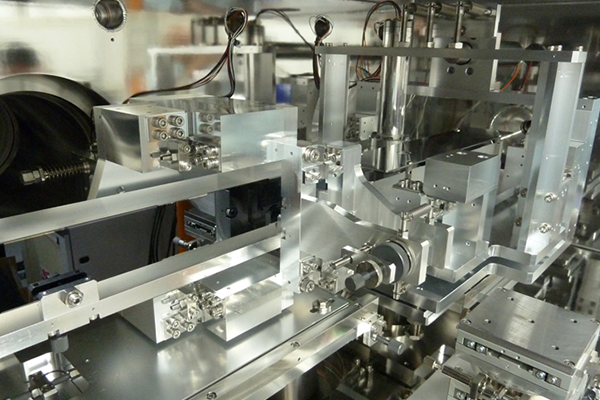

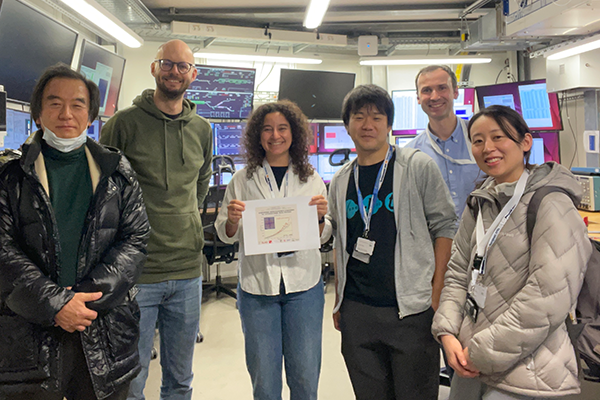
Ichiro Inoue LAB.,
RIKEN SPring-8 Center
1-1-1, Kouto, Sayo-cho,
Sayo-gun, Hyogo 679-5148, Japan
050-3502-4899
inoue@spring8.or.jp
The Goal of Applied Physics
The goal of Applied Physics is to develop a stage = “new material” that can manipulate undeveloped degrees of freedom, to explore unknown phenomena created from that stage and to bring out excellent functions, and to bring out its excellent functions. The purpose is to contribute to the development of human society by elucidating the mechanisms and developing application fields for these phenomena and functions.
AMS (Advanced Materials Science)
Department Office
AMS (Advanced Materials Science),
Graduate School of Frontier Sciences,
The University of Tokyo
Kashiwanoha 5-1-5, Kashiwa, Chiba 277-8561, Japan
Email : ams-office(at)ams.k.u-tokyo.ac.jp
Please change (at) to @.
